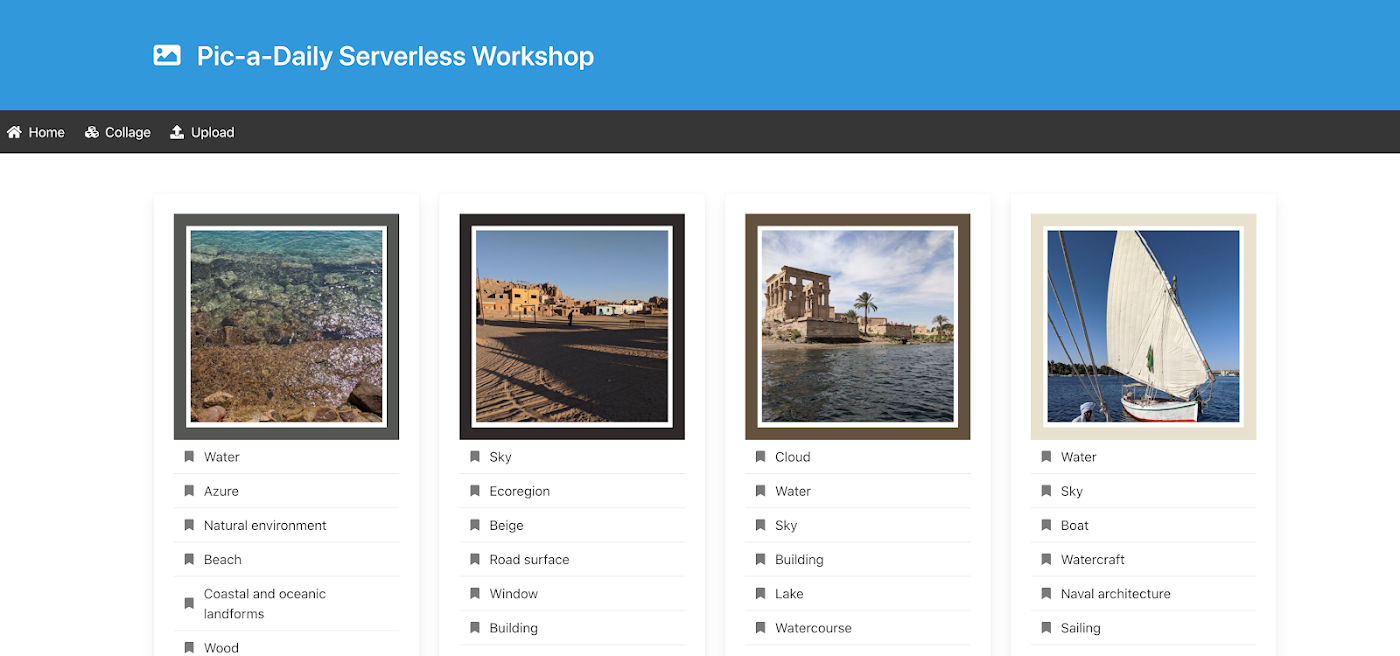Building an MCP server with Quarkus and deploying on Google Cloud Run
As I’m contributing to ADK (Agent Development Kit) for Java, and LangChain4j (the LLM orchestration framework) I interact with MCP (Model Context Protocol) servers and tools to further expand the capabilities of my LLMs.
Recently, I showed how to vibe-code an MCP server using Micronaut. You know I usually talk about Micronaut, but this time, I wanted to experiment with Quarkus, and in particular with its built-in support for implementing MCP servers.
Getting started with Quarkus’ MCP support
I created a brand new Quarkus project from IntelliJ IDEA, with its Quarkus template, and I added a couple key dependencies for JSON marshalling, but even more important, for the MCP support:
Read more...
